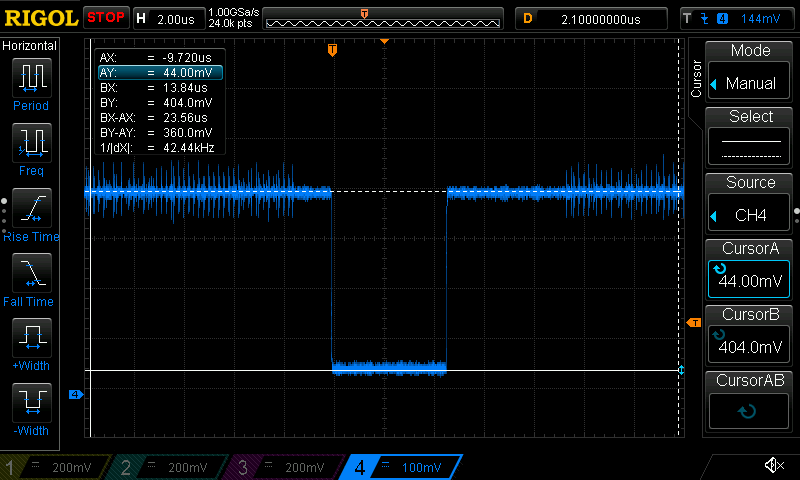Sorry for the scary title – This post is mostly just an educational piece with links to what you need, however there is a real risk of damaging SCART equipment if you use the wrong cable!!! If you’re looking to connect your MiSTer to a SCART device, I recommend either a properly built cable, or an adapter. If you’re outputting component video or to a VGA monitor, there’s no issue at all; The warning is only for SCART. Here’s links to safe choices, with more info below:
MiSTer RGB SCART Cables:
http://bit.ly/rgcmister
https://misteraddons.com/collections/parts/products/video-cables-hdmi-scart-ypbpr?variant=39633472258181
HD15-2-SCART: https://www.retrorgb.com/hd15-2-scart-adapter.html
The HD15-2-SCART can be used in both RGBHV and RGBs modes with the MiSTer and all you’ll need is a cheap, shielded VGA cable & a 3.5mm audio cable. It can also work with HDMI to VGA converters, for use with MiSTer’s direct mode! This is my preferred solution, because just by looking at it, you’ll know its a safe device to use (more on that in a bit).
Alternatively, you can get a “VGA to SCART” cable that includes a resistor on the SCART line, to allow safe usage with MiSTer. *There are plenty of sellers that do offer proper cables, however I linked to that specific one, because the seller confirmed all of those cables include a resistor. Any seller that follows the specifications should also be fine, but make sure to ask before buying the cable – I’ve contacted stores that sell cables advertised for use with the MiSTer and they said the resistor isn’t included!!! Here’s some links to stores that add the resistor. I haven’t personally tested these, but I will try my best to keep the list current:
https://ultimatemister.com/product/rgb-scart-cable/
While using a properly built cable is fine, there’s one potential for problems: There are plenty of “VGA to SCART” cables out there without a resistor on the SCART line (so just a passthrough cable), designed to accommodate other equipment. If you’ve been in the retro gaming scene long enough, there’s a chance you have one and they’re perfectly safe to use with the intended source device…but on the outside they look identical to “MiSTer” cables with the resistor. If you don’t keep them well-labeled, it would be easy to use the wrong one!
So, here’s the issue: The MiSTer’s I/O board is designed to be an extremely versatile output board. The dsub (VGA-style) connector can output RGBs, RGBHV and Component Video, in many different configurations. This allows you to connect any CRT VGA monitor, or any consumer-grade CRT with component video inputs, with just basic passthrough cables (and by configuring the .ini file). The only downside of this, is the sync voltage needs to be a higher voltage than SCART equipment is designed to handle. This might not be an issue for everyone though:
If you’re connecting the MiSTer directly to an RGB monitor, you might be able to just use a simple VGA to BNC cable. Before connecting, you’ll want to check your monitor’s service manual, but if your monitor can accept high voltage, TTL-level sync (many PVM’s can), that cable is all you’ll need!
Even if your target device is an RGB monitor, if you’re going through a SCART switch, the voltage problem still applies to you. Here’s a demonstration of the issue: When using passthrough cable with no components inside, you’ll get around 1.2 volts with a 75 ohm load (and about 3v without proper termination) – Check out the second reading from the bottom in the oscilloscope shots below (BY-AY):

SCART equipment is not designed to handle that kind of signal and a resistor is required to lower the voltage. Adding a 470 ohm resistor (or something close to it) will drop the voltage to a level that’s safe for all SCART equipment:

So, that’s basically it: If you’re sending the output from the “VGA” connector on the MiSTer’s I/O board to SCART equipment, you need a 470 ohm resistor on the sync line. With the adapter and cable links above, this shouldn’t be an issue at all, but I strongly recommend checking any “VGA to SCART” cable before using it with a MiSTer: Some were built for other purposes and are passthrough, while others were labeled “MiSTer”, but were actually just passthrough cables. If you already own one, I recommend opening the SCART head to check. If you have a multimeter, you can test without opening it though:

